The first woman of British parliament
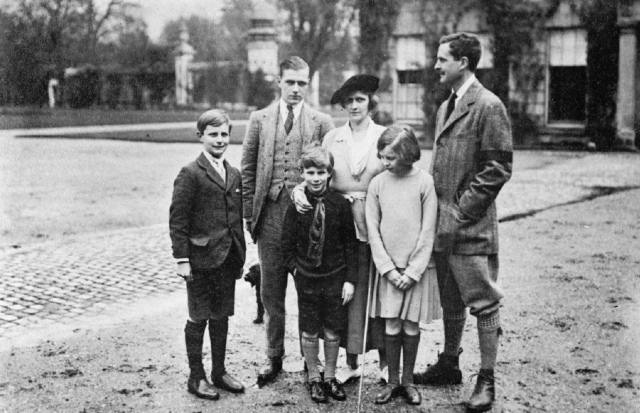
It was not by long-term design that the first woman took her seat in the House of Commons.
Historian, Foreign and Commonwealth Office

It was not by long-term design that the first woman took her seat in the House of Commons.
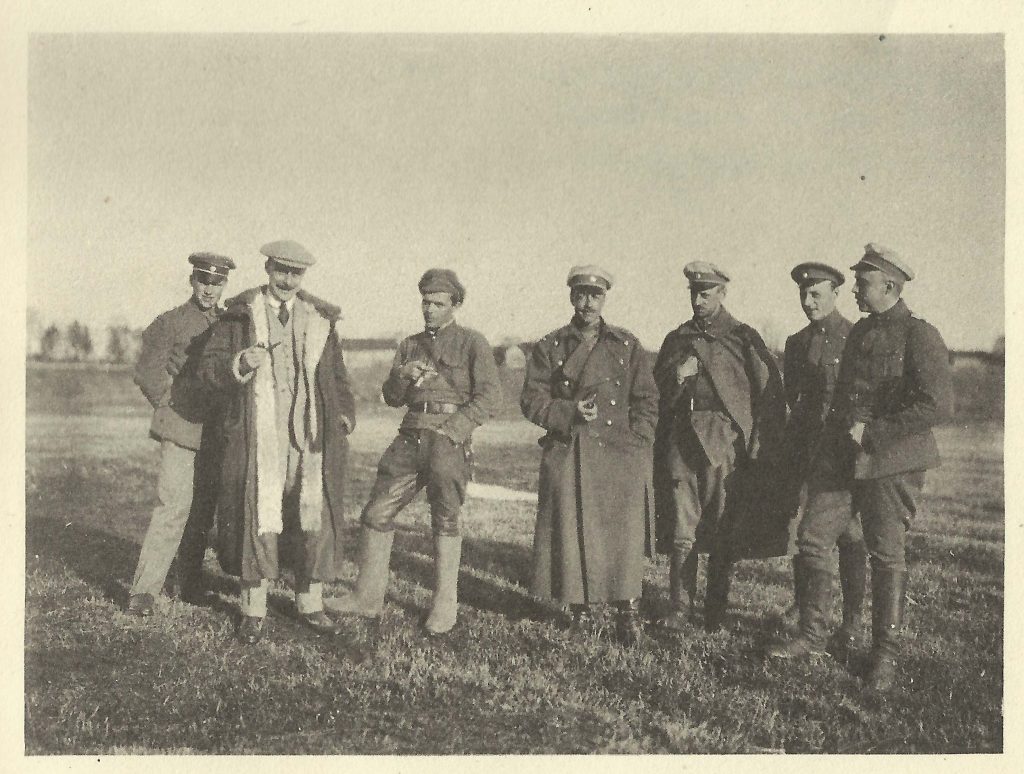
Harold Alexander may be associated with Italy in the Second World War, but his actions in Latvia in 1919 potentially prevented a civil war.

With a flurry of diplomatic activity in the first 3 days of September 1939, was the Second World War inevitable?
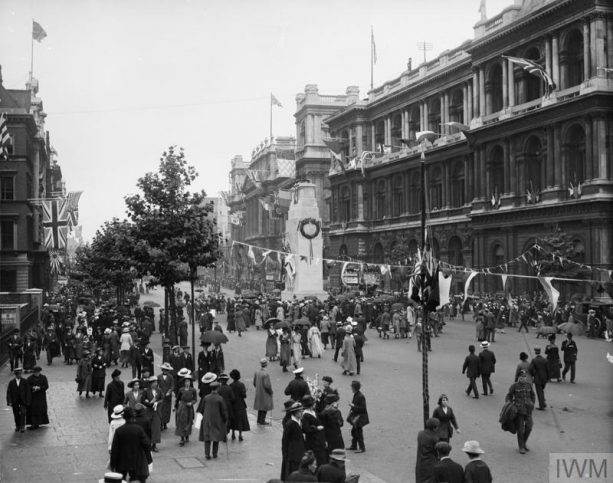
Whilst Victory day 1919 was planned as a celebration, the emotions evoked were more diverse and complex.
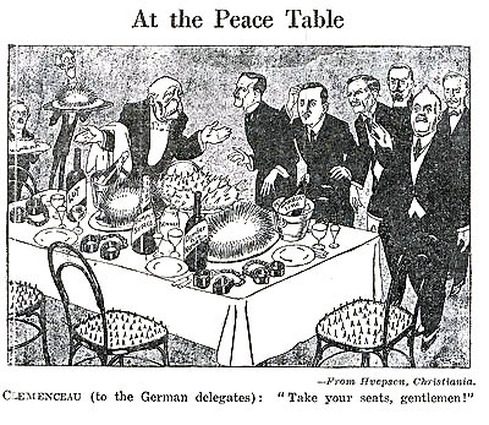
German anger at the Treaty of Versailles between the wars is well known. Hitler, in his rise to power, exploited this deep resentment. So how did such a contentious document come into existence and why was it signed?

Once the Allies decided to land in Normandy, they identified the need to practice.

The armistice agreement with Germany was signed on 11 November 1918, but the Peace Conference did not start proceedings until 18 January 1919. With so much at stake, why did it take 2 months for discussions to start?
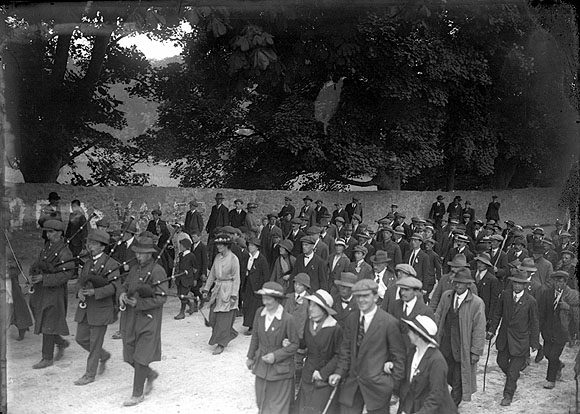
In what has been termed the khaki election (1918), the first election in which (some) women could vote, a woman in green was elected to be the first woman member of parliament.

On 11 November we remember the guns ceasing firing. We imagine universal relief that the carnage of war was finally over, at least in the victorious countries. There is just one problem: that is not the complete truth.
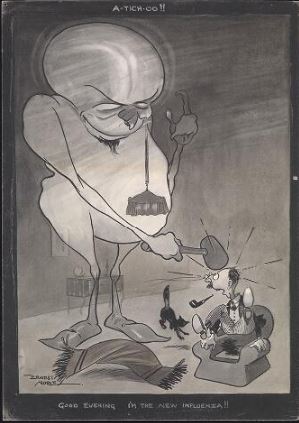
...the Prime Minister, David Lloyd George, contracted it on 12 September. It was not even discussed in Parliament until late October 1918. Yet the warning signs were already there. Chemists...
This blog gives insights into the history of government – its development, its departments and some of the roles and people involved. Find out more.